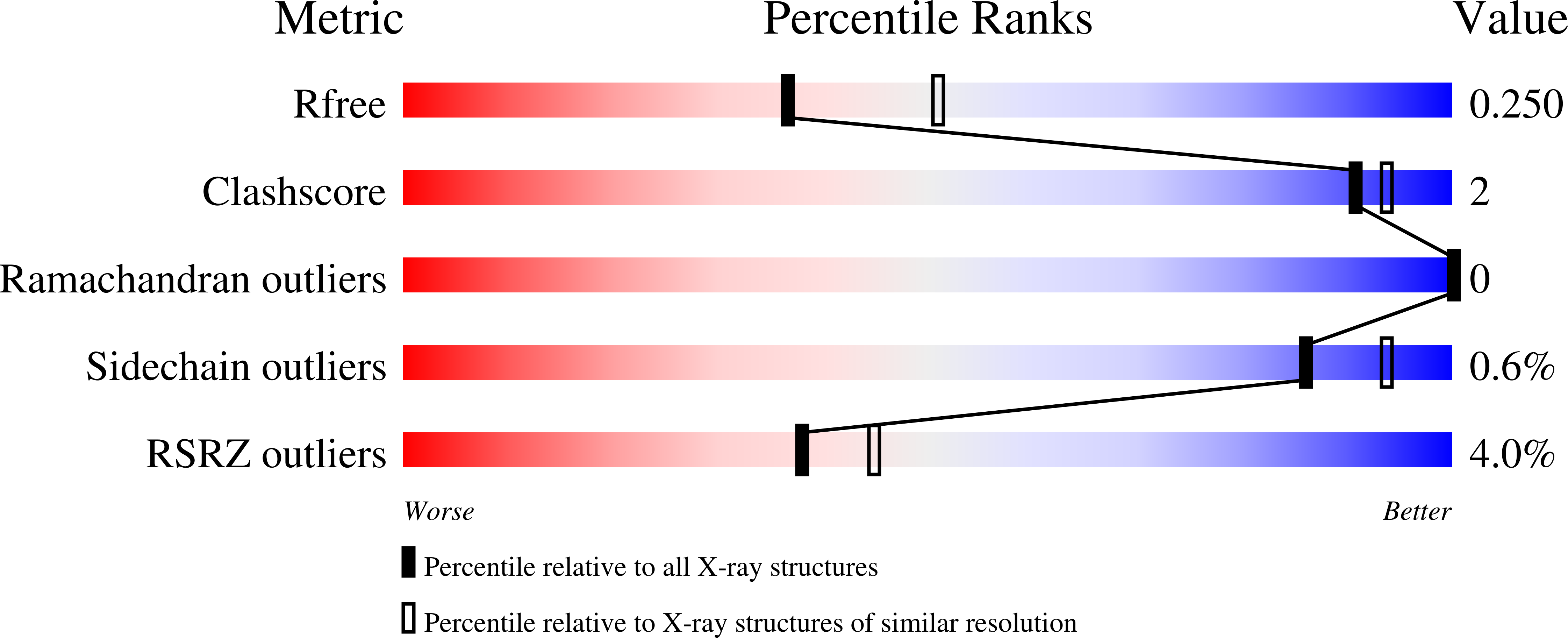
Deposition Date
2023-12-13
Release Date
2023-12-27
Last Version Date
2025-05-21
Entry Detail
PDB ID:
8VC5
Keywords:
Title:
Crystal structure of glutamyl-tRNA synthetase GluRS from Pseudomonas aeruginosa (Zinc bound)
Biological Source:
Source Organism:
Pseudomonas aeruginosa PAO1 (Taxon ID: 208964)
Host Organism:
Method Details:
Experimental Method:
Resolution:
2.30 Å
R-Value Free:
0.25
R-Value Work:
0.20
R-Value Observed:
0.21
Space Group:
P 21 21 21


